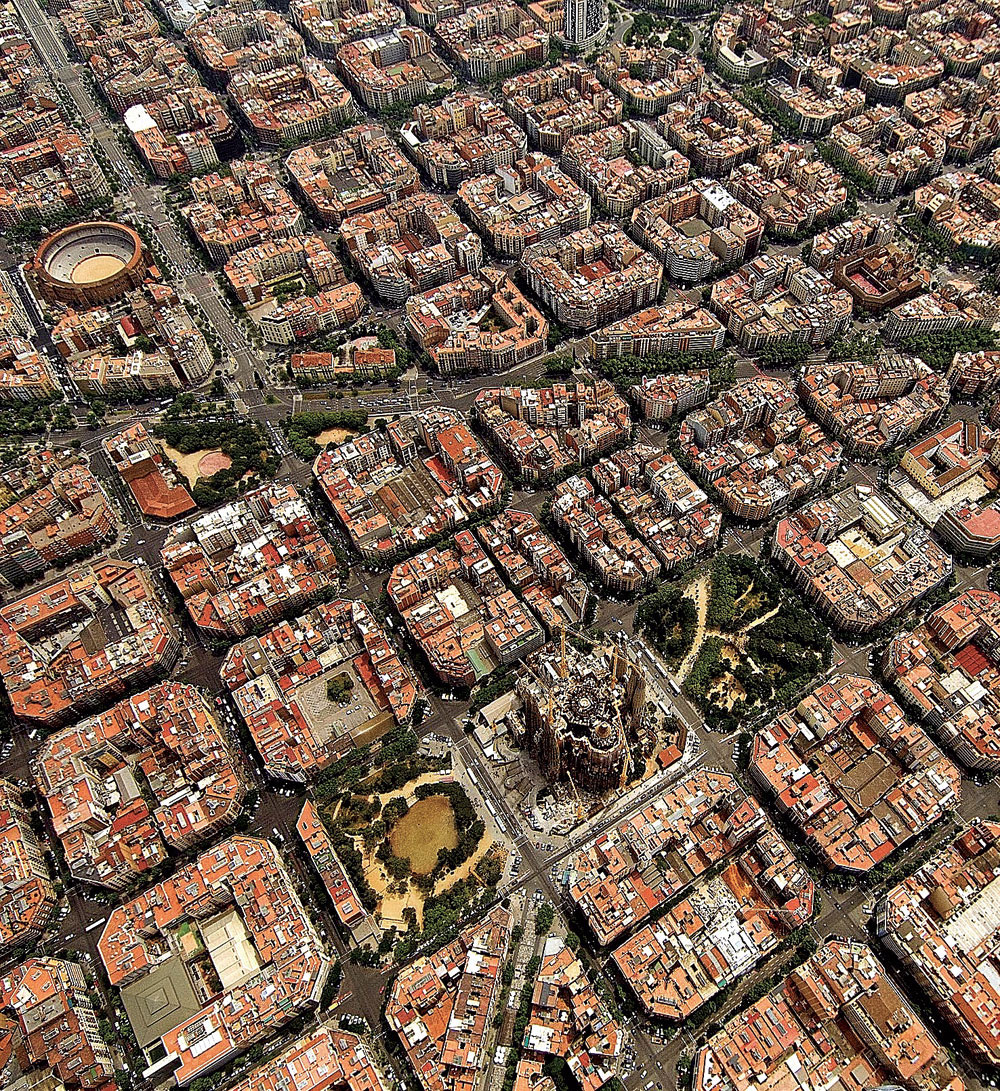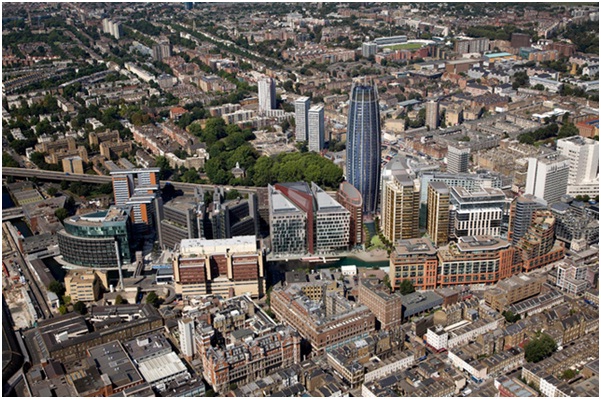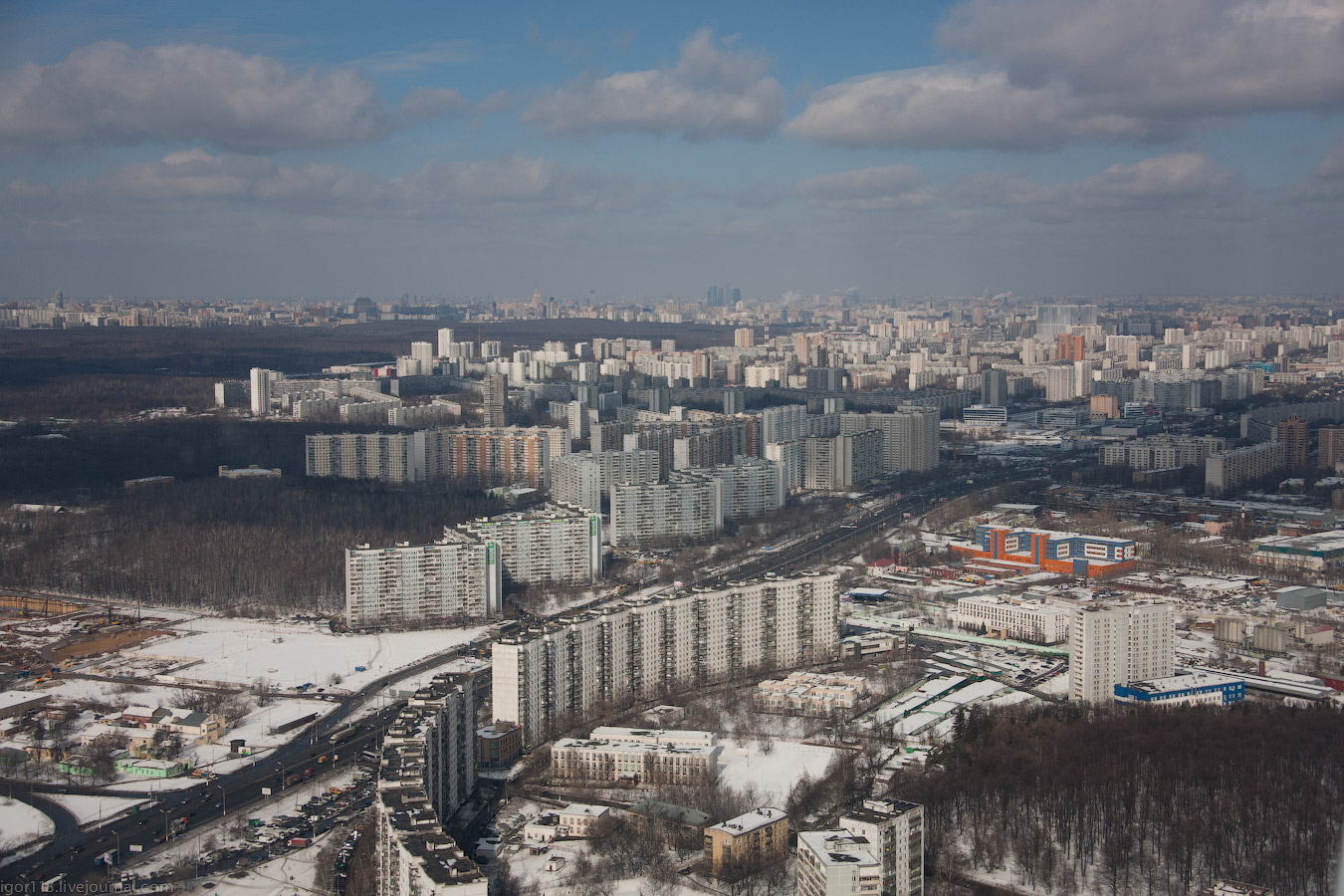New Residential Development Standards Improve Environmental Situation in Urban Areas

Science Laboratory for Aerodynamic Testing at the Moscow State University of Civil Engineering (MGSU) conducted a research to assess the pedestrian comfort level of some urban areas in terms of wind speed and direction. Intermediate results confirm that areas with buildings constructed in accordance with the new standards and on the quarterly basis have higher pedestrian comfort levels.
Calculation and experimental research which was held in a special aerodynamic tube revealed that so-called bioclimatic pedestrian comfort level depends on the particular type of buildings in the area. Strong wind streams are unpleasant and often unsafe; on the other hand, areas with low wind speeds have high concentrations of harmful substances in the form of gases and chemically active dust contained in the air.

Chief Architect of Moscow Sergey Kuznetsov said, ‘The standards for residential development in Moscow, which are introduced under instructions of Mayor Sergei Semenovich Sobyanin, not only solve the problems of visual attractiveness, space proportions, functional division into public and residential areas, but also improve the environmental situation in the regions. Studies conducted in the aerodynamic tube at MGSU confirm that new configuration and principles of residential construction are much more effective in terms of ecology than in previous years, and air streams can create an absolutely different type of comfort level.’
The assessment of wind comfort level in urban areas conducted by MGSU is the first experience in Russia, where the existing regulation does not provide for these criteria.
For example, in the Netherlands, such national standard was introduced in 2006 and serves as a full-fledged basis for regulation of physical planning in the context of the bioclimatic comfort (standard NEN 8100).


Such criteria in relation to Moscow and the Moscow Region are provided for in construction guidelines MDS 20-1.2006 “Temporary recommendations by purpose loads and impacts acting on multifunctional high-rise buildings and complexes in Moscow”, and MGSN 4.19-05 “Multifunctional high-rise buildings and complexes”. However, these criteria concern primarily safety and resistance to loads of buildings themselves, rather than the comfort of the pedestrian zones between them.
Construction methods provided for in these guidelines are based on the study of statistical information on the wind direction and its return periods measured directly on the construction site; while some other parameters are to be determined experimentally in special wind tunnels of architectural and construction type or by means of numerical simulation.
The world practice of such research has proved that despite the high speed and relatively lower cost of numerical simulation in specialized and certified software packages (ANSYS CFX, ANSYS FLUENT, STAR-CCM +, OPENFOAM, STAR-CD), an experimental simulation in the aerodynamic tube (Picture 1) is required for the purpose of software package verification due to a great variety of numerical solutions to the problem (different turbulence models, variants of computational grid generation, etc.). All things considered, the best and most reliable research method is calculation and experimental modeling.

The general approach to assessment of bioclimatic pedestrian comfort level depends on the boundary value of the hourly wind speed, which is compared with the data obtained from simulation. According to different sources, these values range from 3.6 to 6 m/sec and depend on many factors such as time of year and the purpose of the analyzed area.
— when people find themselves at open-air cafes and restaurants, playgrounds, walking alleys, parking lots, sidewalks and roof terraces under the same wind conditions, they can feel comfortable or vice versa.
The probability of exceeding the boundary value determines the comfort level of wind conditions in the analyzed territory.

If such studies are conducted during the design phase, the comfort level of the pedestrian zones in the analyzed area can be significantly improved, which is especially important for high-density development regions and areas with high-rise buildings. Also, on the basis of the results obtained, it may be concluded that there are zones of low wind speeds (less than 1 m/s), which can accumulate harmful substances and chemically active dust.
The results of aerodynamic comfort assessment in urban areas can estimate the quality of the proposed design decision and determine the necessity to take measures for its optimization by proper arrangement of green spaces and wind protection structures.
We would like to express our gratitude for assistance provided by Head of MGSU Science Laboratory, Candidate of Engineering Sciences, Olga Poddaeva.




